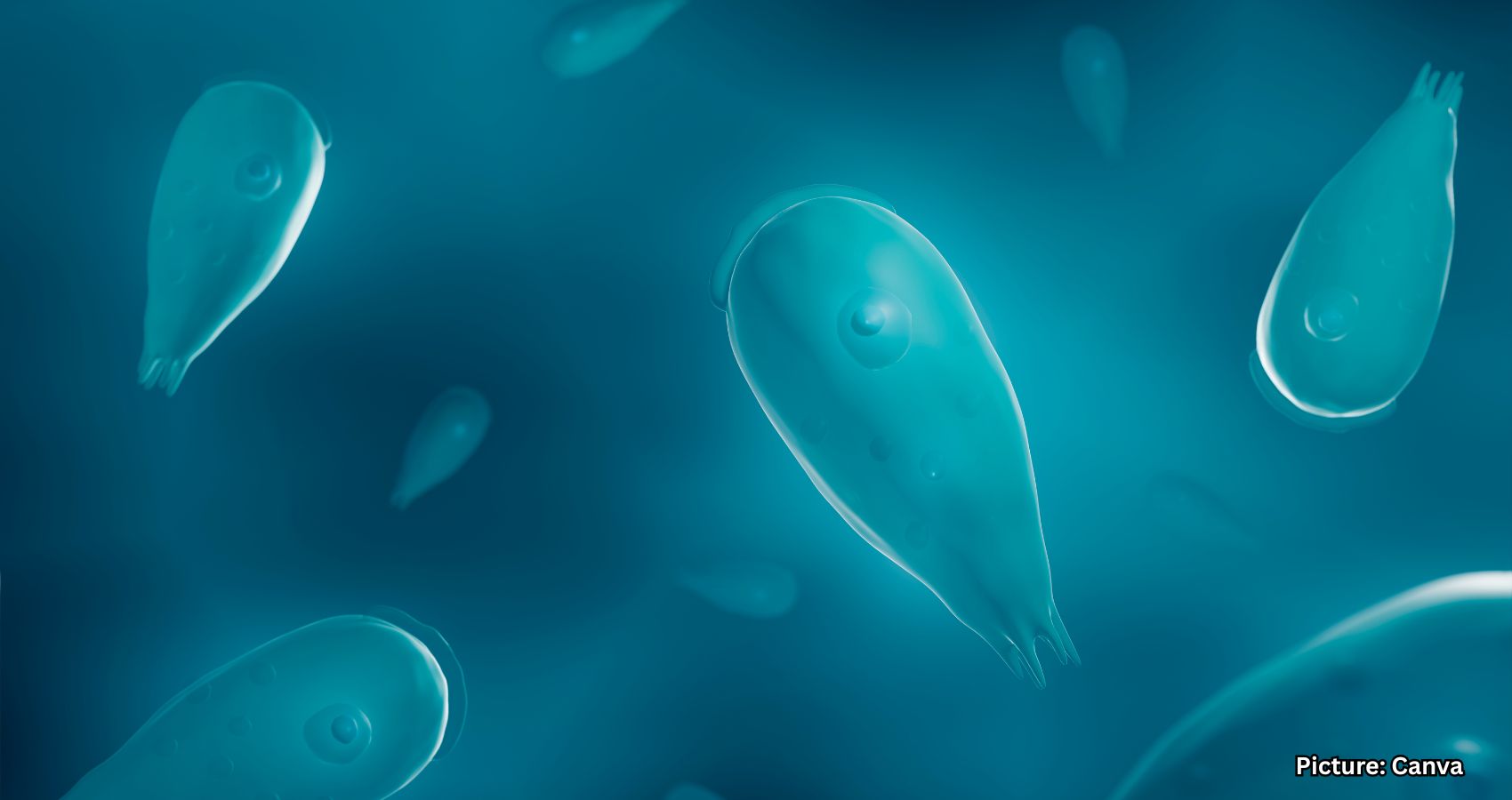A Missouri resident has died after contracting a rare brain-eating amoeba while water-skiing at the Lake of the Ozarks, prompting health officials to issue swimming precautions.
A Missouri resident has died following an infection with a rare brain-eating amoeba, Naegleria fowleri, while water-skiing at the Lake of the Ozarks. State health officials confirmed the death on Tuesday, stating that the individual, an adult from Missouri, succumbed to the infection at a hospital in the St. Louis area.
The Missouri Department of Health and Senior Services (DHSS) announced on August 13 that the patient had contracted Naegleria fowleri, a microscopic amoeba responsible for primary amebic meningoencephalitis (PAM), a severe brain infection that is almost always fatal. The victim had been hospitalized in intensive care prior to their death.
Health officials believe the infection was acquired while the individual was engaged in water sports just days before being hospitalized. Naegleria fowleri is typically found in warm freshwater environments, such as lakes, rivers, and ponds, particularly when temperatures range from 80 to 115 degrees Fahrenheit, especially after storms.
The amoeba infects individuals when water enters the body through the nose, allowing it to travel to the brain and cause significant damage to brain tissue. Despite the severity of the infection, health officials emphasized that cases of Naegleria fowleri are extremely rare, with fewer than 10 cases reported annually in the United States. Since 1962, only 167 cases have been documented nationwide, with Missouri recording just two other cases in its history—one in 1987 and another in 2022.
In light of this incident, the DHSS has urged both residents and visitors to take precautions when swimming or participating in water activities in warm freshwater. Recommended safety measures include holding the nose shut or using nose clips, avoiding stirring up sediment in warm shallow waters, refraining from dunking the head in hot springs, and using distilled or boiled water for sinus rinses.
Symptoms of PAM can develop within one to 12 days of exposure and may include severe headache, fever, nausea, vomiting, stiff neck, seizures, confusion, and hallucinations. Health officials have noted that symptoms are likely to worsen over time. Early symptoms should prompt immediate medical evaluation, as they can also indicate bacterial meningitis, according to Tammy Lundstrom, chief medical officer and infectious disease specialist for Trinity Health in Michigan.
It is important to note that drinking contaminated water does not pose a risk for infection, and Naegleria fowleri does not spread from person to person. Treatment typically involves a combination of antifungal medications and antibiotics, such as rifampin and azithromycin.
Currently, no other cases are suspected in the area, as stated by the health agency in its press release. For further information, Fox News Digital has reached out to the Missouri Department of Health and Senior Services.
Source: Original article

